How to Mix Mortar (16 Expert Tips)
-
Pete Ortiz
- Last updated:
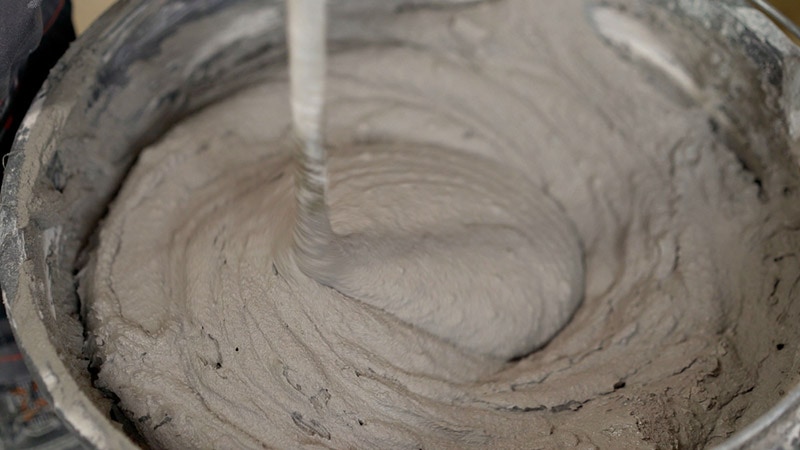
Mortar is the main element used to bond bricks and other masonry elements. Any builder—whether a DIY enthusiast or a professional—needs to know how to mix mortar for construction applications. This entails knowing the appropriate amount you can mix to make a strong and durable material.
There are four main types of mortar you can mix. Each has a different ratio of sand, lime, and cement. These also have different characteristics, such as bonding properties, flexibility, and compressive strength. The best type of mortar to mix and the appropriate mixing ratio will depend on its application as well as a design specification for the construction project.
We’ll give you tips on how to mix mortar effectively in this post. From selecting suitable materials and ratios to the proper mixing techniques and tools, we’ll cover all the crucial aspects of mortar mixing.
The 16 Tips to Mix Mortar Effectively
1. Always Wear Waterproof Gloves and Eye Protection
Whenever you begin a construction project that uses mortar, you must have safety glasses, masks, and gloves as part of the personal protection equipment (PPE)1. Mortar can be hazardous to your skin and eyes. Waterproof gloves and eye protection will shield you from any potential irritation or injury while working.
Ensure the gloves you choose fit snugly, and they should be made of a durable material that withstands the rigors of mixing mortar.
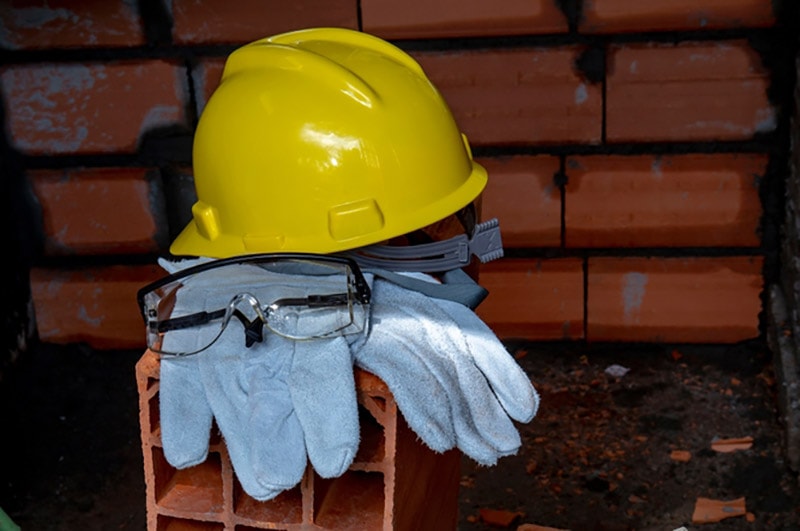
2. Use the Correct Tools to Mix Your Mortar
There are very many mixing tools retailing in the market. However, among the available models, two of them are the most utilized by builders: The beater and the spiral mixture. The beater closely resembles a kitchen mixture and does a good job of mixing the materials and entraining air into the mixture. A spiral mixer is also a popular option because it can thoroughly mix mortar in a bucket without adding any air.
3. Ensure You Use Fresh Cement When Mixing Mortar
Using fresh cement ensures the chemical reactions in the mixing procedure consistently produce a strong and durable mortar mix.
Cement stored for a long time loses strength. For instance, when stored for six months, it loses 30% of its strength compared to fresh cement. You can ensure a successful mortar mix by using fresh cement and measuring the ingredients in the correct ratio.
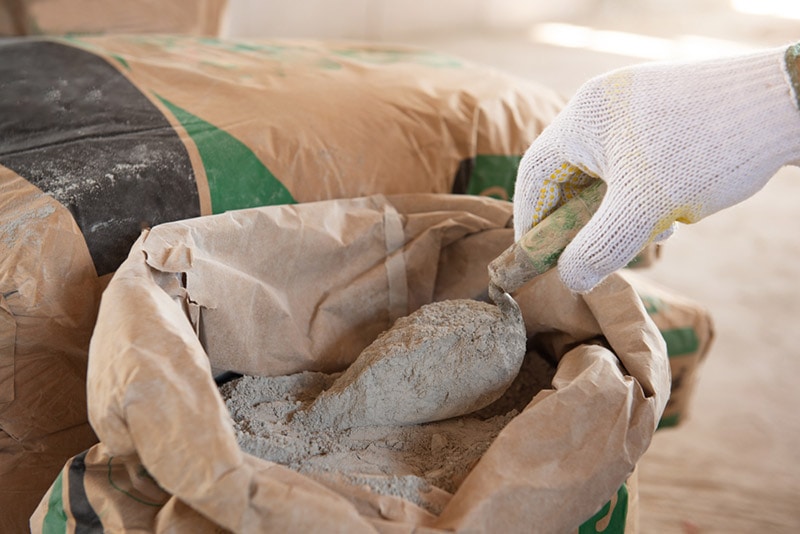
4. If You Are Hand Mixing, Add Water When You Mix All the Dry Ingredients
When hand mixing the mortar, this step is crucial. It ensures the mortar mixes evenly, and you’ll achieve the right consistency. Adding water too early can make the dry ingredients clump together. It makes it challenging to mix evenly.
On the other hand, adding water late can make the mortar too stiff. Add the water gradually to avoid these problems. After each addition of water, mix until you achieve the desired consistency. The amount of water you add depends on the air temperature, humidity, and other factors.
5. Select the Right Type of Mortar Mix
There are four types of mortar mix (Types N, M, S, and O)2. Every mortar mix has a different mixing ratio of lime, cement, and sand. These four types have different bonding properties, flexibility, and compressive strength.
Type N mortar mix is best for the exterior and walls exposed to high heat and severe weather. It also has medium compressive strength. Type O is best for interior and non-load-bearing walls. Besides, it has low compressive strength.
Type S is best for many construction projects as it has a high compressive strength. It can also endure wind and soil pressure. Type M is the strongest mortar mix. Besides, it has a high Portland cement amount and the highest compressive strength.
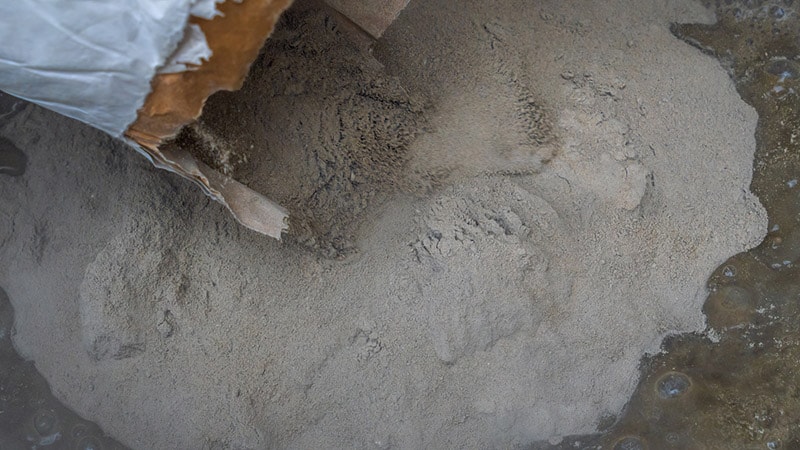
6. When It Comes to Mixing Mortar, Speed Matters
The recommended mixing speed is 300 rpm. Speeds lower than this will lead to incomplete and ineffective mixtures, while speeds above 300 rpm will likely entrain air into your mortar mixture. Too much air will make your mortar fluffy and reduce its compressive strength.
Allocate the right amount of time for mixing. Usually, mortar is mixed in three phases: The initial mix (blends all ingredients), slaking (allows the materials to rest), and remixing (allows the mortar to reach the optimal state for application). So, you should allot adequate time for each of the phases.
7. Factor in the Weather Conditions Before Mixing Mortar
The weather condition impacts the properties and reaction of mortar. It can lead to a poorly mixed mixture not set the way it should be. Take your time and check the temperature and humidity levels. Then, adjust your mixing process accordingly before you start mortar mixing.
If it is too hot, add more water to get the right consistency. When it’s too cold, your mortar mix may harden and become strong slowly. So, ensure you cover it from the elements.

8. When Measuring Materials for Mixing Mortar, Maintain Consistency
The best way to maintain consistency is to use a bucket or can of the same size. It’s crucial to use the same measurements to achieve a consistent mixture. It’ll improve the mortar mix’s strength and quality.
Besides, it makes it easier to recreate the same mortar mix if the extra mortar is needed. Maintaining consistency when measuring materials leads to a consistent and high-quality mortar mix every time.
9. Don’t Leave the Cement Bag Open for Long Before Using It to Mix Mortar
If left open for a long time, the cement absorbs environmental humidity. In turn, it alters the percentage of water in the mortar mix. Cement starts to harden when exposed to air and moisture for a long period. It’ll also not mix well when added to the mortar mix eventually. So, use it as fast as possible once opened.
You can also open the cement bag when ready to use it in the mortar mix. If you have opened a bag of cement and found some is hard, discard that portion.
Then, use a fresh bag to ensure a consistent and strong mortar mix. If any cement remains once you have used it, put it in plastic bags and fasten them using tape or string.
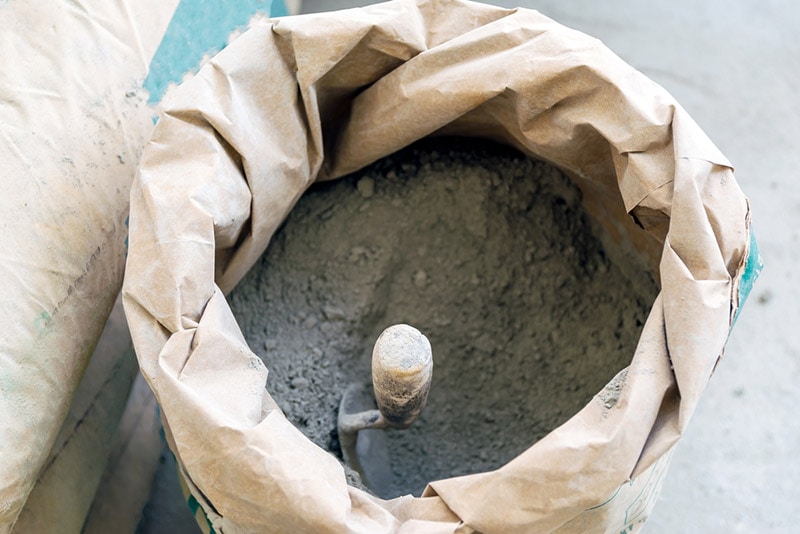
10. Mortar Mix Stays in Excellent Condition for 1½ Hours
After 1½ hours, the mortar mix starts losing its properties and will not perform well. It’s crucial to work fast and effectively. This way, you’ll use up the mortar mix within this period. If not, you’ll need to prepare a new mortar mix.
For the best results, measure the right amount of mortar you can use within 1½ hours. Don’t forget to factor in the size of the area you’ll be working on. Besides, consider the speed at which you can lay the bricks or blocks.
11. Ensure You Mix the Mortar in Not Less Than Three Minutes and Not Later Than Five Minutes
This period allows the ingredients to mix and create a uniform consistency. Mixing for less than three minutes may result in a poorly combined mixture. If you mix for longer than five minutes, it can make the mortar lose its plasticity and become too stiff to work with.
The best way to check if the mortar is ready is to observe its consistency. The mortar should be smooth and free of lumps. Don’t forget that taking the time to mix the mortar well will pay off in the end. You’ll have a strong, durable final product.

12. Add Water to the Mortar Mix If It Starts to Dry
Adding water to the mortar mix when it starts setting can weaken the mix’s bond and strength. If the mortar mix has begun to set, the only solution is to use it. Also, monitor the consistency of the mortar mix.
You can also adjust the amount of water as needed to ensure it remains workable but not too wet. Rather than adding water to the mortar mix when it’s setting, add masonry cement or chemical plasticizers. This way, you’ll enhance the mix’s workability.
13. If You Want to Prevent Damping Effects, Add Waterproofing Agents
Dampness is a common problem in the building and construction industry. It can weaken the mortar mix and make it lose its bonding properties. Add waterproofing agents to the mortar mix to prevent this. Doing so protects it from moisture and prevents it from becoming wet.
There are many types of waterproofing agents available. So, choose one best suited to your specific needs. When adding waterproofing agents, it’s crucial to follow the manufacturer’s instructions.
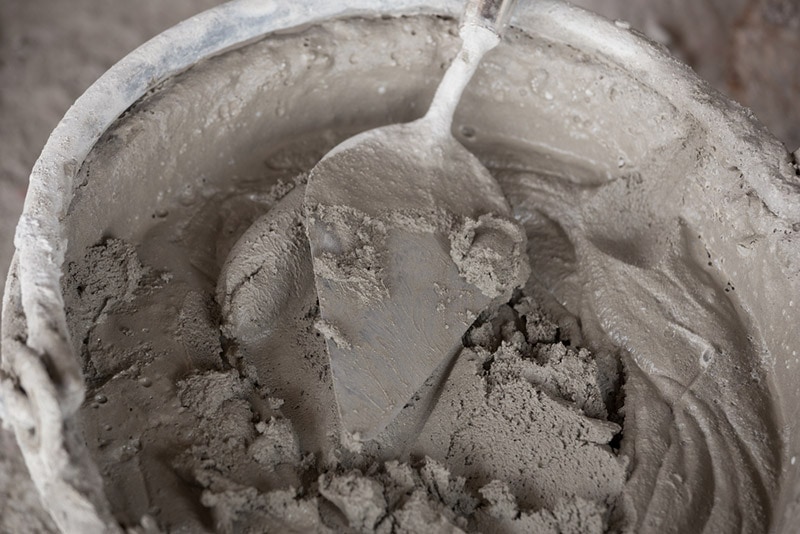
14. Portland Cement Is the Best Cement You Can Use When Mixing Mortar
Portland cement sets and hardens fast if you mix it with water. It’s the most common cement type used in the building and construction industry. When using Portland cement for mixing mortar, adhere to the manufacturer’s instructions regarding proper mixing ratios and curing time.
Besides, using the right sand for your project will also play a crucial role in the final strength and quality of your mortar mix. Portland cement isn’t a brand name. It’s a generic term that describes the cement type used in construction.
15. Use Excellent-Grade Fine Sand That Is Clay-Free
Do not just use any standard sand for your mortar mix. Instead, look for fine sand which is free of any clay material additives. Clay particles will create a paste, which expands and contracts when it dries up. You should store the sand in a dry area or cover it up so that it does not absorb moisture from the environment.
The best type of sand to use when mixing mortar is concrete sand. This high-quality sand will ensure a smooth and even mix that sets well and provides a strong bond between the bricks or stones being used. Look for fine-grade concrete sand that is clean and free of any contaminants.
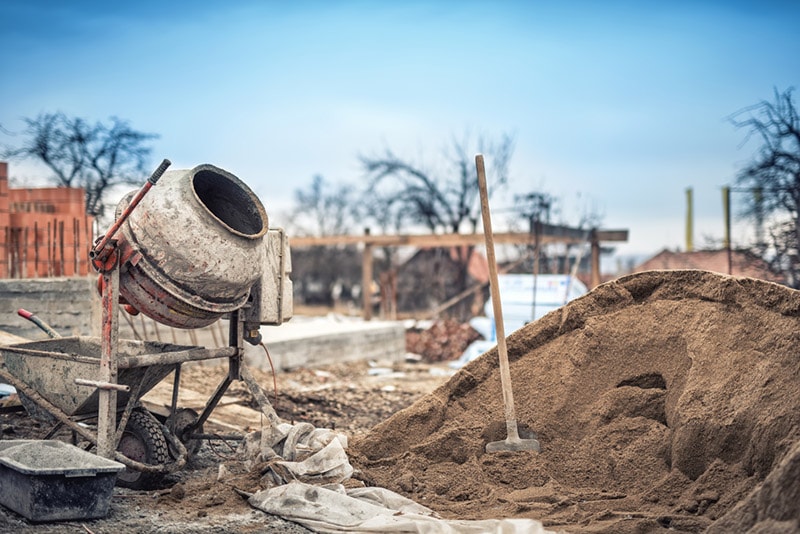
16. Always Adhere to the Manufacturer’s Instructions and Safety Guidelines
Safety guidelines and instructions provide crucial information about the mixing ratio, curing time, and any safety precautions you must take. Ignoring these instructions can result in a poorly mixed mortar that doesn’t have the desired strength and durability.
Conclusion
In any masonry project, correctly mixing mortar is essential. Unfortunately, most homeowners might feel daunted to mix their own mortar for DIY home construction projects.
In this article, we have shared some tips to make mortar that is strong and durable enough to stand the test of time. A suitable mix of sand, cement, and water creates a strong bond that holds the bricks in position.
Follow the correct ratios to ensure the right strength and consistency. With the expert tips we have discussed above, you’ll be able to mix mortar like a pro. You can create an accurate and strong mixture, resulting in less wastage and a durable structure.
Featured Image Credit: Sidorov_Ruslan, Shutterstock
Contents



